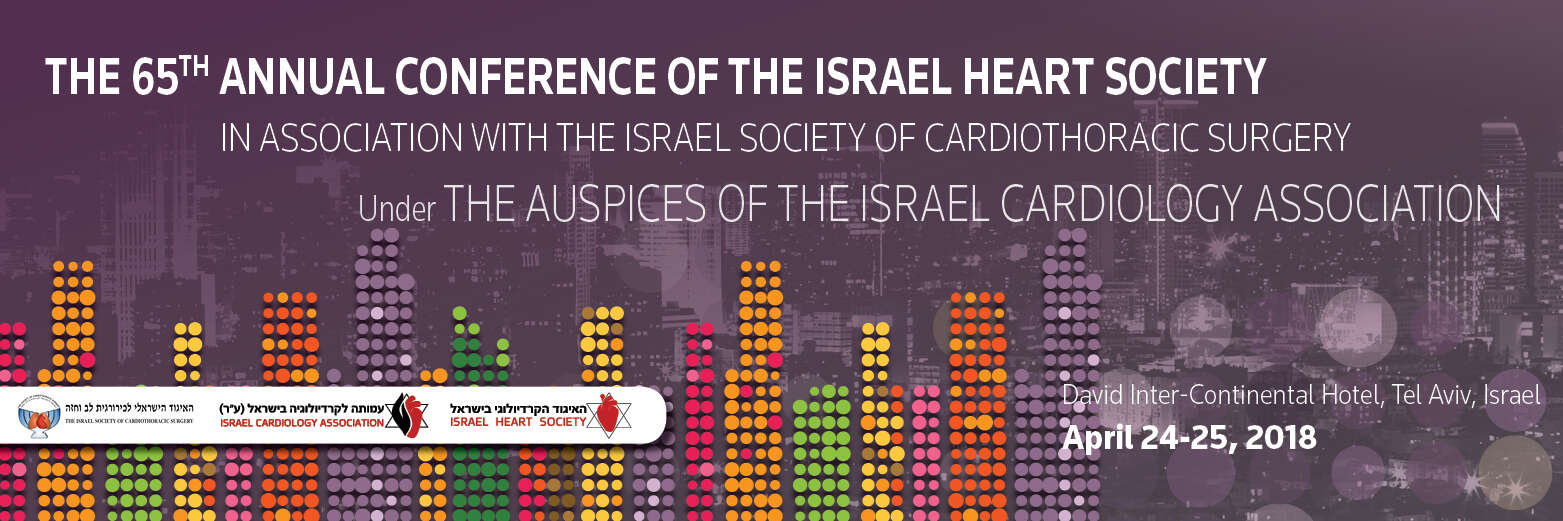
Pulmonary Edema after Cardioversion of Atrial Fibrillation
Introduction: Acute pulmonary congestion (APC) may occur within hours after cardioversion of atrial fibrillation (AF). There is scarce data about its incidence, risk factors, and the outcome.
Methods: Consecutive patients admitted for first electrical cardioversion for AF between 2007-2016 were retrospectively reviewed. APC within the 48 hours following cardioversion were defined as dyspnea and at least one of the following: drop in saturation to <90%, administration of intravenous diuretic or an emergent chest X-ray with new pulmonary congestion. All-cause mortality was determined from the national registry.
Results: Total of 1694 patients had first cardioversion for AF, of which 64(3.8%) had APC. In a multivariate logistic regression model independent predictors of APC included (OR[CI], p): age (1.04 [1.01-1.07], 0.02), hyperlipidemia (1.76 [0.97-3.2], 0.06), rapid AF (2.4 [1.35-4.29], 0.003), heart failure (2.89 [1.58-5.3], 0.001) and elevated tricuspid incompetence gradient (1.02 [0.99-1.0], 0.06). There was no difference in cardioversion success rate (overall 94%). In-hospital mortality was 1.6% within the APC group and 0.5% without (p=0.294). Patients with APC had higher rate of 6-month readmissions (28.1% vs 18.1% p<0.043). Within a median follow up was 3.1 years, APC following cardioversion was an independent predictor of overall mortality (HR 1.76, 95% CI (1.19-2.6) p=0.005).
Conclusions: APC occurs in 3.8% of hospitalized patients following electrical AF cardioversion. Risk factors include increased age, hyperlipidemia, heart failure and rapid heart rate. APC following cardioversion is associated with increased rates of readmissions and mortality.
| Click the link to view image: | https://events.eventact.com/dan/29113/104214.jpg |

Powered by Eventact EMS